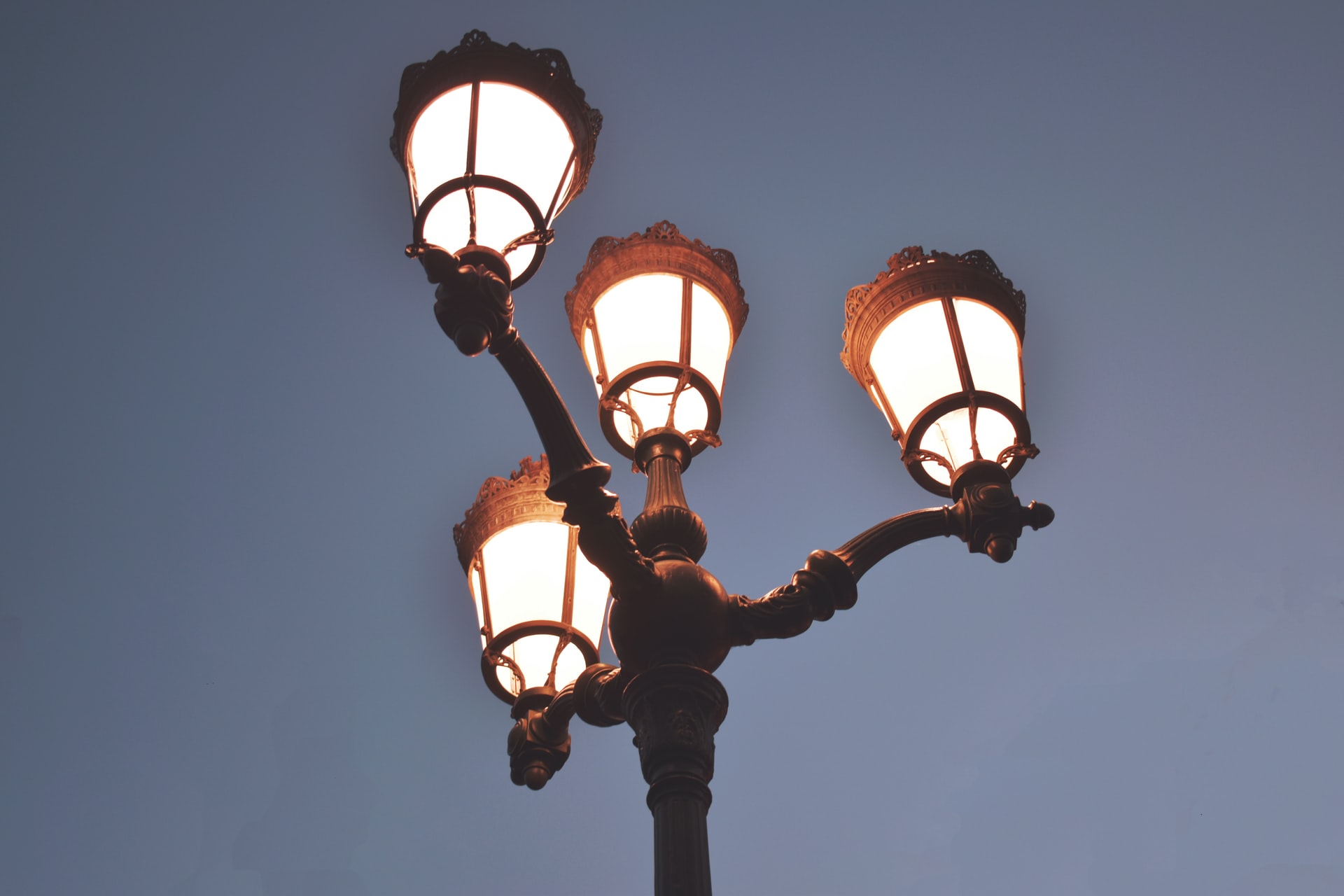This blog is part two of a three-part series ([Part One]({% post_url /vvenkat/2016-04-06-new-business-models-in-lighting %}), [Part Three]({% post_url /vvenkat/2016-04-20-Lighting-As-A-Service %})) focused on how the revolution of LED lighting technology is forcing an evolution in the way we view light.
In January 2006, the cash-strapped City of Toronto sold its street and expressway lighting assets to Toronto Hydro for a reported sum of $60 million. Subsequent reports scathed the city, as they will end up paying $400 million over the next 30 years as rental fees for the same assets. Lighting poles are expensive to erect and have substantial maintenance costs. Given these high costs, cities have very little resources left to upgrade or migrate to energy efficient technologies.
The opportunity provided by LED technologies for significant energy savings, low maintenance costs and better quality of light are too good to ignore. There are additional incentives such as lowering light pollution in the night sky and light trespassing into living spaces by using highly directional LED street lamps. There has to be a way to overcome the high initial costs.
The Canadian Radio-television and Telecommunications Commission (CRTC) is currently soliciting public opinion on the importance of telecommunication services to their everyday life. The survey response is likely to shape the government’s position on internet connectivity as a basic right.
Cisco estimates that mobile traffic will more than double each year over the next decade. If connectivity is deemed a basic right and we need to double the bandwidth every year, how do we support it?
New technologies are emerging that will help fulfil these needs. Small Cells, the miniature base stations that provide coverage to about 100 metre radius are proliferating to fulfil the emerging needs of connectivity. Almost all communication providers and equipment manufacturers are gearing up their efforts in Small Cells.
Sensor-enabled light poles need connectivity as well. Street lights cover every square centimeter of urban roads. So, light poles are well positioned to host these Small Cells. Many cities have their utility poles protected by bylaws, and the convergence of technologies now offers a new opportunity monetize lighting poles by transforming them to ‘multi-utility’ poles.
Recently, Philips has teamed up with Siemens in Europe to offer Lighting As A Service (LAAS). Rental revenue from mobile operators coupled with as much as 60% energy savings migrating to LED pay for operating lighting poles. City lighting services can effortlessly scale with surging demand. Additional sensors mounted on these poles will enable traffic surveillance, condition monitoring of road surfaces and a plethora of other opportunities.
Obtrusive yet essential, light poles are suddenly waking up and turning productive, contributing substantially to city coffers.
Originally publsihed as a blog for Impact Centre, University of Toronto
Photo by Florian Olivo on Unsplash
